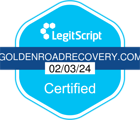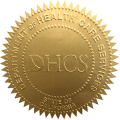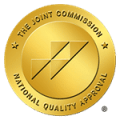
Polysubstance abuse, the concurrent use of multiple psychoactive substances, poses significant health risks due to unpredictable interactions and compounded effects. A concerning trend is the combined use of kratom and diphenhydramine (Z-drugs), a mix that can lead to severe sedation, cognitive impairment, and even life-threatening overdose. Understanding the dangers of this combination is crucial for prevention and treatment.
Understanding Kratom
Kratom (Mitragyna speciosa) is a tropical tree native to Southeast Asia. Its leaves contain compounds that can produce both stimulant effects (in low doses) and sedative effects (in high doses). Traditionally, kratom has been used for pain relief, to manage opioid withdrawal symptoms, and for its psychoactive effects. However, its use has been associated with risks such as addiction, withdrawal symptoms, and, in some cases, death.
Understanding Diphenhydramine
Diphenhydramine is an antihistamine commonly used for allergies and sleep aid. It is available over the counter in medications such as Benadryl and other sleep-inducing drugs. In higher doses, diphenhydramine can cause hallucinations, delirium, and dangerous heart-related side effects. When mixed with kratom and Z-drugs, the effects become unpredictable and potentially fatal.
Understanding Z-Drugs
Z-drugs are a class of medications primarily prescribed for insomnia and include drugs such as zolpidem, zaleplon, and eszopiclone. They act on the central nervous system to induce sedation and promote sleep. While effective for short-term treatment, Z-drugs carry risks including dependence, tolerance, and adverse effects such as dizziness, confusion, and impaired coordination.
The Risks of Combining Diphenhydramine, Kratom, and Z-Drugs
Combining diphenhydramine and kratom with Z-drugs can lead to several dangerous interactions:
1. Enhanced Sedation
All three substances have sedative properties. Their combined use can lead to excessive sedation, increasing the risk of accidents and injuries.
2. Respiratory Depression
High doses of kratom, diphenhydramine, and Z-drugs can cause respiratory depression, a condition where breathing becomes inadequate. The risk of severe respiratory depression increases, potentially leading to fatal outcomes.
3. Cognitive Impairment
These substances can impair cognitive functions, including memory, attention, and decision-making. Their combined use can exacerbate these effects, leading to poor judgment and increased risk-taking behaviors.
4. Increased Risk of Overdose
The sedative effects of Z-drugs may mask the stimulant effects of low-dose kratom, leading individuals to consume higher amounts of kratom to achieve the desired effect. This increases the risk of kratom overdose, which can result in severe health complications.
5. Hallucinations and Mental Confusion
High doses of diphenhydramine are known to cause hallucinations, paranoia, and severe confusion. When combined with kratom and Z-drugs, the likelihood of experiencing delirium, dissociation, and psychotic symptoms increases dramatically.

Case Studies and Reports
There have been reports of adverse outcomes associated with the combined use of diphenhydramine and kratom, particularly when paired with central nervous system depressants like Z-drugs. The Centers for Disease Control and Prevention (CDC) has documented cases where kratom was detected in unintentional drug overdose deaths, often in combination with other substances.
While specific data on the combination of kratom, diphenhydramine, and Z-drugs is limited, the known pharmacological effects of all three substances suggest a high potential for dangerous interactions.
Prevention and Treatment
Addressing polysubstance abuse involving diphenhydramine and kratom with Z-drugs requires a comprehensive approach:
1. Public Education
Raising awareness about the risks associated with combining diphenhydramine, kratom, and Z-drugs is essential. Educational campaigns should target both the general public and healthcare providers to ensure widespread understanding of the dangers.
2. Healthcare Provider Training
Medical professionals should be trained to recognize signs of polysubstance abuse and understand the interactions between kratom, diphenhydramine, and Z-drugs. This knowledge is crucial for early intervention and effective treatment planning.
3. Policy and Regulation
Implementing regulations to control the sale and distribution of kratom and diphenhydramine, as well as monitoring prescriptions for Z-drugs, can help reduce misuse and potential abuse.
4. Access to Treatment
Providing access to comprehensive treatment programs that address polysubstance abuse is vital. These programs should offer:
✔ Medical detoxification
✔ Behavioral therapy
✔ Support groups
✔ Aftercare planning
Golden Road Recovery: Supporting Individuals in Overcoming Polysubstance Abuse
At Golden Road Recovery, we recognize the complexities of polysubstance abuse, especially involving substances like diphenhydramine, kratom, and Z-drugs. Our dedicated team provides personalized treatment plans tailored to each individual’s needs.
How We Help:
✔ Comprehensive Assessment – Evaluating the extent of substance use and its impact on physical and mental health.
✔ Medical Detoxification – Providing a safe environment for withdrawal under medical supervision.
✔ Therapeutic Interventions – Utilizing evidence-based therapies to address the underlying causes of substance use and develop coping strategies.
✔ Aftercare Planning – Offering ongoing support to maintain sobriety and prevent relapse.
If you or a loved one is struggling with polysubstance abuse, contact Golden Road Recovery today. Our compassionate team is here to guide you on the path to recovery.
Conclusion
The combination of diphenhydramine and kratom with Z-drugs presents significant health risks due to their compounded sedative effects and potential for respiratory depression. Understanding these dangers is crucial for prevention and effective treatment.
Through education, healthcare provider training, policy implementation, and access to comprehensive treatment programs, we can address this emerging concern and support individuals on their journey to recovery.
For more information on substance use disorders and available treatments, the Substance Abuse and Mental Health Services Administration (SAMHSA) offers a free, confidential helpline available 24/7.
Golden Road Recovery’s admissions team can assist with every step of this process to ensure a smooth transition into treatment. Click the portrait below to instantly submit an inquiry to our facility today!

If you or a loved one is seeking addiction treatment, Golden Road Recovery is here to help.
📞 Call us now to verify your insurance and take the first step toward a brighter future.
Recovery starts with the right support—let Golden Road Recovery guide you.
